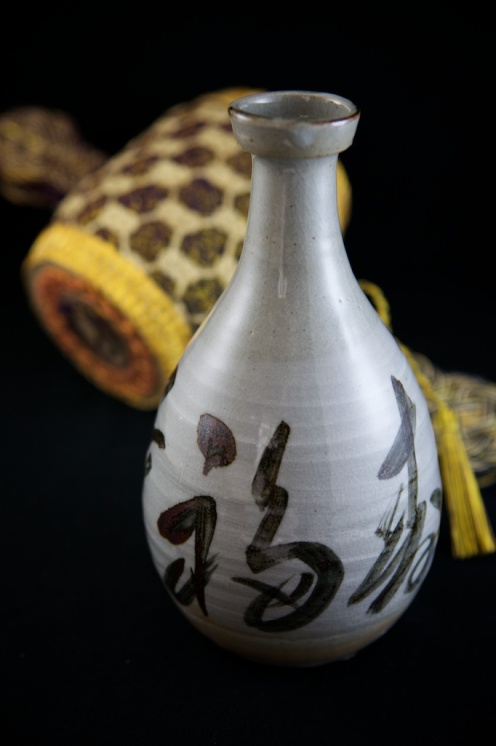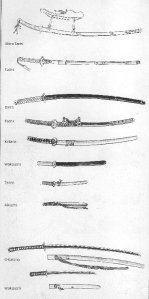幸雲 Cloud of Happiness (Good Fortune)
From 術心悟 by goshinarts
While on my travels around the world, I have be privileged to witness the vast arrays of trees and life nourished by the great cloud of the Bujinkan. Grand trees, small flowers, medicinal herbs big and small all gaining the needed nourishment from the Bujinkan cloud as needed according to their individual natures.
To this end, my brush moved by the martial wind scrawls the characters, Happy Cloud. (Kou Un – Good fortune). The Bujinkan cloud is a great cloud of happiness pouring water down equally on all the trees, flowers and forests, onto the big and small and into the crevices and cracks where life springs forth. Each according to their nature (sai no, kon, ki – talent, spirit and utsuwa) receives the water and bears fruit. The same water received by each individual bears it`s own fruit. One taste ,one pure water, gives birth to an infinite variety of life.
One hears often of acid rain which destroys the forests and erodes the world. Our water must be pure to foster infinite life. This year the theme for the Bujinkan is Rokkon Shojo – Laughter Purifying for Divine Happiness and Spirit. The Bujinkan (and it`s members) must strive to put ourselves thru a water purification system to remove our impurities. Only that which is pure and translucent can connect to the eternal. Only that which is pure can nourish the infinite life.
The thunder and the lightning herald the coming of the Bujinkan cloud. The trees and plants and forests of the world rejoice.
Paul



 …
…
 …
…
 …
…
 …
…
 …
…